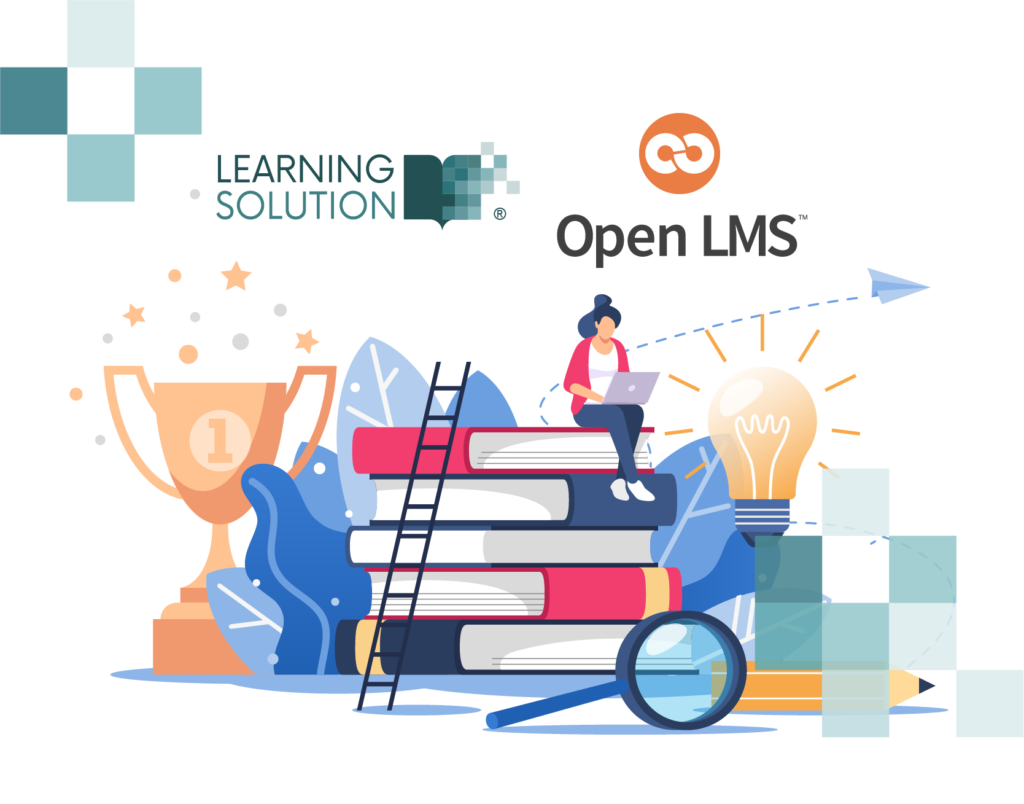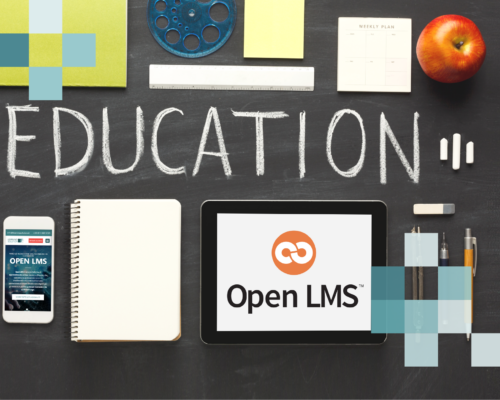While on lockdown as imposed by the coronavirus emergency, schools, ITS, universities and training agencies had to find new ways of teaching. Each institution found its own method and began to develop a strategy. Meanwhile, many teachers and trainers started recording their online activities in order to account for the work done. These recordings could potentially allow for the creation of a useful catalog of videos for asynchronous training activities. How can this material be reused? For instance, by reworking it to create a course catalog that can be combined with ordinary teaching a blended (or mixed) training.
The benefits of asynchronous training
Unlike synchronous training (such as in webinars), asynchronous training provides for completely autonomous fruition of courses. As a matter of fact, users can have access the video content previously uploaded by teachers or trainers on their LMS platform anytime. Fur sure, this mode of learning guarantees huge flexibility that could make a great difference in many situation. Asynchronous training, coupled with traditional teaching methods, allows users to develop skills in a blended learning environment.
The benefits of blended learning
Blended learning certainly offers flexibility: to teachers in regards to the way of presenting material and to students in matters of the chosen pace of learning and studying approaches. Several studies have shown that since blended learning incorporates a variety teaching methods, it is shown to have more effective outcomes for the majority of the students involved. In addition, since most students live surrounded by technology, they often engage with educational material more easily when technology is incorporated.
How to use asynchronous training in blended learning
Basically, in an effective blended learning strategy, online content should be fully complementary to classroom activities. Therefore, video-lessons or specific recorded instructions must be made available to users as a supplement to classroom lessons. Such materials can be used to provide clarification or to deepen knowledge of certain topics. For instance, students could be instructed to view video content before meeting in the classroom, to be ready for a further look into the subject in class.
The importance of a course catalog
For all mentioned reasons, integrating asynchronous training with “conventional” activities could be an excellent way for schools, ITS and training agencies to make their way towards the “new normal” in the world of education. All of which is possible through the reworking of the video content recorded while on lockdown, to build a structured set of courses suitable for the desired educational goals. How? For example including video presentations, audio clips, interactive scenarios and text modules. Asynchronous training is good option that should be kept in mind while redesigning educational projects.
Effective Blended Learning with Open LMS and Learning Solution
As mentioned, in a constantly evolving context, it is necessary to plan carefully one’s own training goals and to rely on an ever-developing strategy. To take steps in this direction, the support of eLearning professionals is essential. Planning one’s activities in a blended perspective, by integrating the right formats and tools is the key to effective, up-to-date training. Learning Solution is at your side, to help you find topics, tools, formats and develop videos so that they are suitable to your needs. Open LMS, for instance, stands as a solid open source basis for designing, through the right skills, blended learning to favor brilliant results of training activities. For more information visit our website or write to info@learningsolution.it.






